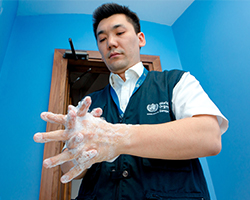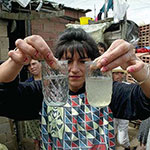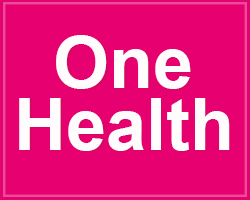Water and sanitation
In the WHO European Region, more than 63 million people gained access to drinking-water services and 84 million people to sanitation services between 2000 and 2017. Nevertheless, over 16 million people still lack access to basic drinking-water and more than 31 million people are in need of basic sanitation. Significant inequalities persist between rural and urban areas, and between rich and poor people, with rural dwellers and the poorest being the most disadvantaged.
Read moreTop story
 WHO/Europe launches new guidance to make hand washing easier
WHO/Europe launches new guidance to make hand washing easier
On World Hand Hygiene Day 2021, WHO/Europe calls on decision-makers, hospital managers and health-care workers to enable and adopt effective hand hygiene at the point of care.
Protocol on Water and Health
The Protocol on Water and Health to the 1992 Convention on the Protection and Use of Transboundary Watercourses and International Lakes is the first major international legal approach for the prevention, control and reduction of water-related diseases in Europe.
More about the Protocol on Water and HealthWater Safety Plans
Small-scale systems are an important component of water supply in the WHO European Region, and Water Safety Plans (WSPs) are regarded the most effective approach to ensuring continuous provision of safe drinking-water.
More about Water Safety PlansPublications
 Surveillance and outbreak management of water-related infectious diseases associated with water-supply systems
More publications
Surveillance and outbreak management of water-related infectious diseases associated with water-supply systems
More publications
In countries
The WHO "Guidelines for drinking-water quality" recommend the water safety plan approach as the most effective way of ensuring the provision of safe drinking-water. WHO/Europe supports the implementation of the Guidelines by building in-country capacities and facilitating water safety plan demonstration projects.
Read more





